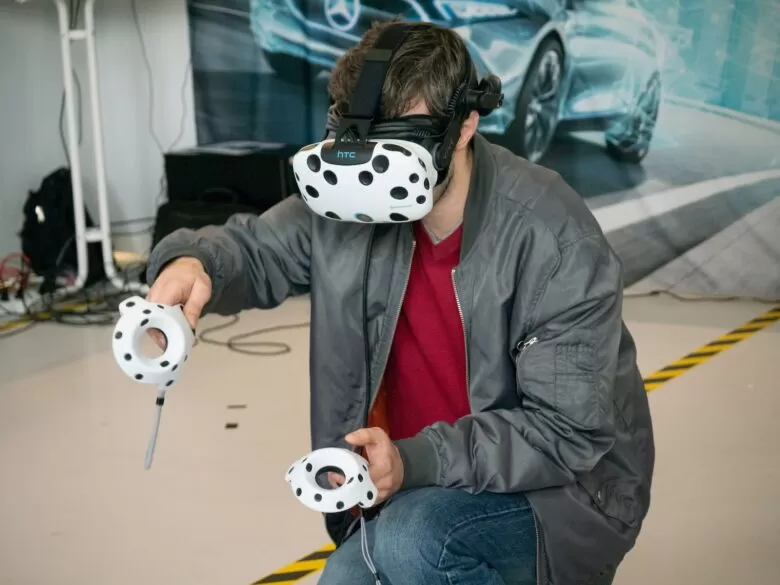Augmented reality (AR) was once relegated to the world of science fiction. However, AR is now a part of our world. Even major online retailers offer customers the chance to use AR to see if the furniture will fit in their homes.
The use of augmented reality in the workplace has been shown to have several benefits. These benefits include increased productivity, improved safety, and enhanced training.
One study found that workers who used AR were able to complete tasks more quickly and with fewer errors. Additionally, AR can be used to provide real-time information and instructions to workers, which can help them avoid mistakes.
AR can also be used to improve safety in the workplace.
But how will the augmented reality be used in the workplace in the near future? This article explores this option.
Benefits of AR in Workplace
Visualization
Let’s imagine that you’re an architect and you’ve completed a Unity Development Course. You can use the power of AR to show you how a building may look once it’s completed. You can also use augmented reality to show you:
- Real time and contextual data
- How components may look
- Where parts need to be placed
It is possible to save a lot of time when using AR. You can see where parts need to go and therefore spend less time trying to work things out yourself.
Navigation

A nurse who works in the field may find that augmented reality makes finding a patient’s veins easier. Medical professionals can teach students where veins are, saving time looking for them.
Delivery drivers can see which route they need to take rather than having to check their phones.
Those who work in the fast food industry can see exactly how to make a meal.
Remote Communication
Thanks to the way that AR works, it’s possible for multiple colleagues to work together.
The colleagues do not have to be in the same building.
Every member of the team can wear AR glasses and communicate effectively.
Remote Training
Manufacturers can potentially train employees to operate machinery, for example. The employees could also:
- See the machinery’s historical data
- Leave notes for other employees
- See the machinery from different points of view
- Potentially learn more about the machinery than they would have otherwise
- Learn how to deal with a wide range of potential issues
Cutting Assembly Time
Augmented reality can help to cut assembly time. Those who work in the world of manufacturing know how important it is to cut assembly time.
AR can help with this by showing workers the next step. As a result, assembly time can be cut by up to 25%. This is perhaps something that the world of manufacturing has always dreamed of.
Retrieving Information
Many workers have to rely on their cell phones or tablets to help them retrieve information. Here is where AR can make a difference. Workers could wear AR glasses and see the answers in front of them.
As you can see, there’s a real chance that augmented reality can work well in the workplace. However, using new and relatively unknown technologies is not for the faint of heart.
Only when some of the world’s biggest employers start to use AR will others follow.
For now, AR is still relatively new and its capabilities not yet realized by many. However, there is a real possibility that augmented reality will be used in almost every workplace in the next 25 years.
Conclusion
In conclusion, the use of augmented reality in the workplace can offer many benefits. By providing employees with information and instructions in a more efficient and effective way, AR can help to improve productivity and accuracy. Additionally, AR can create a more engaging and interactive work environment, which can lead to increased job satisfaction. Ultimately, the use of AR in the workplace has the potential to enhance both individual and organizational performance.





























